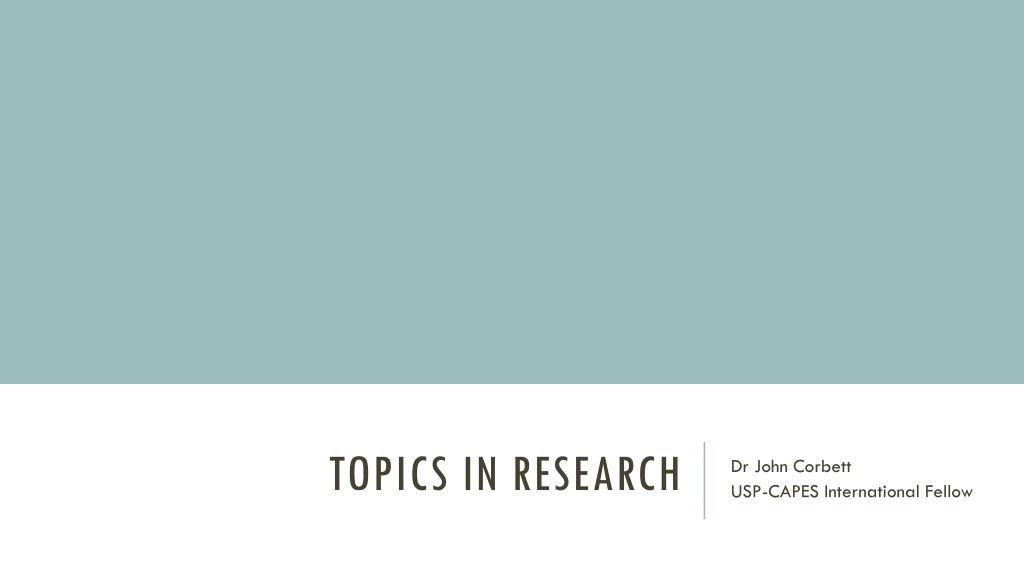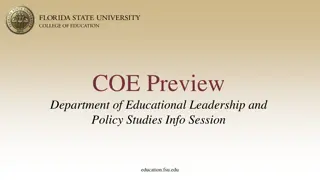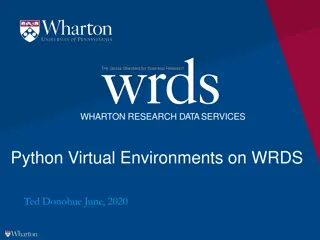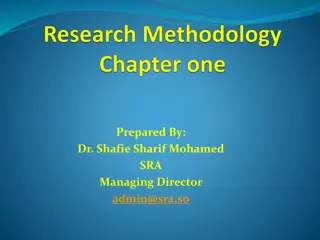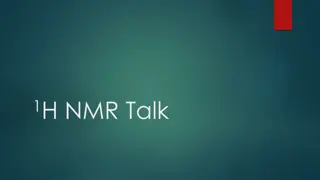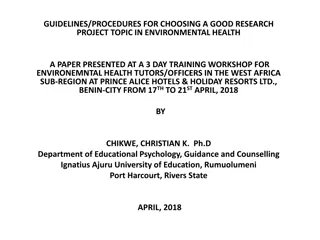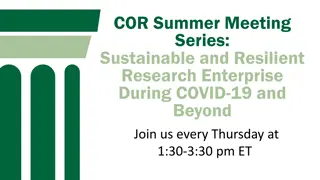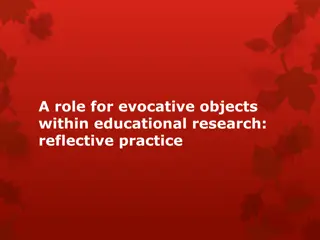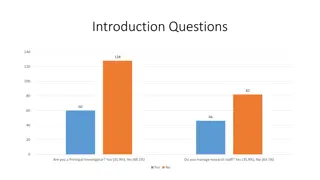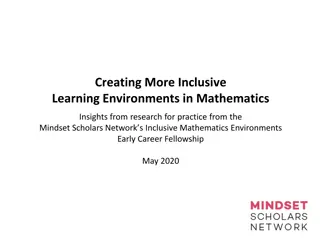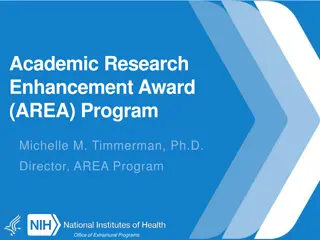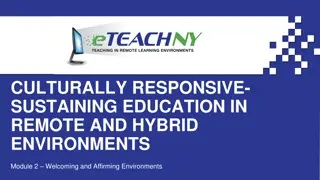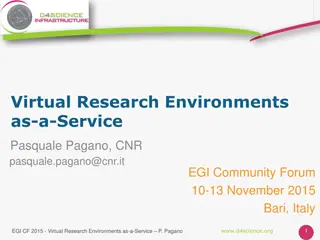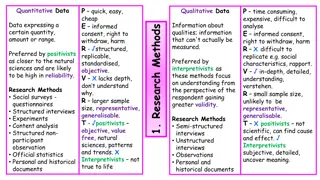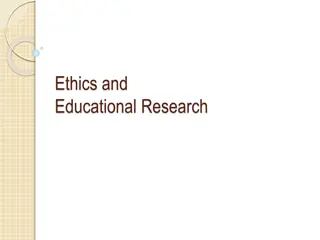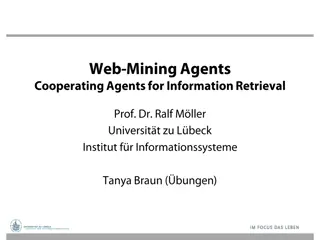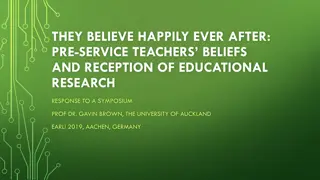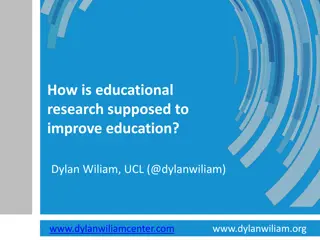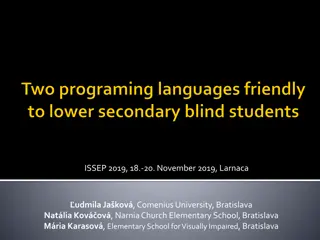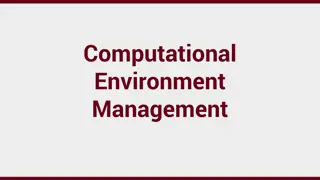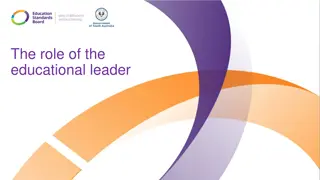Exploring Research Topics and Analysis in Educational Environments
Delve into the world of research articles, focusing on the structure of results sections and specific observations/analyses. Learn about finding objects in the environment to support instruction, modifying objects, and describing analysis processes. Follow the journey of Dr. John Corbett, an International Fellow, and immerse yourself in the intricate details of writing a research article. Witness the dynamic interaction in a bilingual classroom and understand the relevance of physical changes in trajectory during instruction sequences.
Download Presentation

Please find below an Image/Link to download the presentation.
The content on the website is provided AS IS for your information and personal use only. It may not be sold, licensed, or shared on other websites without obtaining consent from the author. Download presentation by click this link. If you encounter any issues during the download, it is possible that the publisher has removed the file from their server.
E N D
Presentation Transcript
TOPICS IN RESEARCH Dr John Corbett USP-CAPES International Fellow
RESEARCH ARTICLES: THE STORY SO FAR Title and abstract Introduction Topic Generalisation Literature review Identify a niche Preview article structure Methods Describing Data Collection Describing Experimental Procedure Research instrument/analytical procedures Results
WRITING A RESEARCH ARTICLE A sample research article Jakonen, T. (2018). The environment of a bilingual classroom as an interactional resource. Linguistics and Education, 44, 20-30.
THE STRUCTURE OF THE RESULTS SECTION Move 1: Indicating Consistent Observations: Key Steps (1) Highlighting overall observation. (2) Indicating specific observations. Move 2 (optional) : Indicating and explaining Any Non- Consistent Observations
FOCUS ON THE GENERAL 4.1 Finding objects in the environment to support instruction The following extract demonstrates the occasioned nature of the schoolscape, exhibiting how a specific object can be searched and found in the environment for the purposes of some on-going activity. [ ] 4.2 Modifying the semantic properties of an object Besides finding an object in the environment and making structures in it relevant by underlining or pointing, an object can also be altered in the course of instruction. The next extract shows how the teacher modifies a map to assist her students in seeing a geographical pattern in the imperial expansion with the help of an added structure, which in this case is an East-West line created by placing a pencil on top of the map.
SPECIFIC OBSERVATIONS/ANALYSES Extract from analysis: W = Walk, H= Hand, RF = Right Foot
SPECIFIC OBSERVATIONS/ANALYSES Extract from analysis: W = Walk, H= Hand, RF = Right Foot
DESCRIBING THE ANALYSIS This physical change of trajectory also changes the course of the on-going instruction sequence. As the teacher is now weaving her way between the desks, she tells how Shrove Tuesday is on one day (line 10). Instead of continuing with a longer explanation, as such a turn-beginning would project, the teacher begins to visibly search for something on the back wall. She turns the pen in her hand and points towards the wall while moving closer (line 11), adding an account ( must be here ) that further makes the search observable to the students. Notice how her move towards the back of the room is indeed discernible, even projectable to the students: many of the students in the closest table either follow the teacher with their gaze or look at the back wall, as seen in Figure 1.5, and one student looks towards the wall as early as Figure 1.4. These student orientations show that the teacher s manner in which she moves in the room is a resource for the students to anticipate what she will do next.
DESCRIBING THE ANALYSIS At line 14, the teacher finds the object that she is searching for, an A4-sized trilingual calendar entry for Shrove Tuesday. Approaching it from the right, she pivots on her right foot so that she comes to stop on the left-hand side of the calendar entry, in a position where she can present the document to the class without blocking their views (see Figures 1.6 and 1.7). Having now located the material resource she had been looking for, the teacher proceeds to continue the instruction by uttering both the Finnish and the (Finland-)Swedish translations for Shrove Tuesday (line 16).
EXPLAINING THE ANALYSIS In summary, extract 1 shows how an object in the environment can function as a resource for the enactment of a multilingual, or translanguaging pedagogy (Bonacina-Pugh, 2013; Creese &Blackledge, 2010), and thereby a manifestation of an ideology whereby all languages available in the environment can serve as possible resources for action. As the extract demonstrates, even if a resource is not necessarily a priori designed to serve the current activity, it can be made to do so; thus, an object designed for religion teaching, yet available in the environment, can be found to support a different activity.
THINKING OF YOUR OWN RESEARCH What is your data ? Signs to describe and interpret using semiotic analysis/multimodal analysis Archive data to analyse as historical forces Questionnaire data to analyse using statistics or qualitative techniques Conversations to analyse using Conversation Analysis (CA) A combination of the above/other data and analytical instruments? Describe and explain general/specific observations Account for anything that does not fit your pattern of observation.
ACKNOWLEDGMENTS Swales, J. M., & Feak, C. B. (1994). Academic writing for graduate students: Essential tasks and skills: A course for nonnative speakers of English (English for specific purposes). Ann Arbor, MI: The University of Michigan Press.
